Internet of Things (IoT): Revolutionizing Connectivity and Innovation
The Internet of Things (IoT) represents a technological revolution that has redefined how we interact with the world around us. By connecting everyday objects to the internet, IoT allows devices to communicate with each other and share data in real time, enabling a level of automation and efficiency that was once unimaginable. From smart homes to industrial automation, IoT is transforming industries, improving lives, and paving the way for innovations that are shaping the future.
What is the Internet of Things (IoT)?
The Internet of Things refers to the network of physical devices embedded with sensors, software, and other technologies, allowing them to connect and exchange data with other devices and systems over the Internet. These devices, often referred to as “smart” devices, can range from household items like thermostats and refrigerators to industrial machinery and medical equipment.
The key concept behind IoT is connectivity. By enabling devices to communicate with each other and with centralized systems, IoT creates a seamless network where data can be collected, analyzed, and acted upon without human intervention.
The Evolution of IoT
The concept of IoT dates back to the early 1980s when the first internet-connected device, a modified Coke machine at Carnegie Mellon University, was developed to report its inventory and temperature. However, the term “Internet of Things” was coined by Kevin Ashton in 1999, during his work at Procter & Gamble.
The growth of IoT has been fueled by advancements in several key areas:
- Sensor Technology: Modern sensors are smaller, more efficient, and cheaper, making it feasible to embed them in a wide variety of devices.
- Connectivity: The proliferation of wireless networks, including Wi-Fi, Bluetooth, and cellular networks, has made it easier to connect devices.
- Cloud Computing: The availability of cloud-based platforms has provided the necessary infrastructure for storing, processing, and analyzing the vast amounts of data generated by IoT devices.
- Artificial Intelligence and Machine Learning: AI and machine learning enable the analysis of IoT data, allowing systems to learn from patterns and make decisions autonomously.
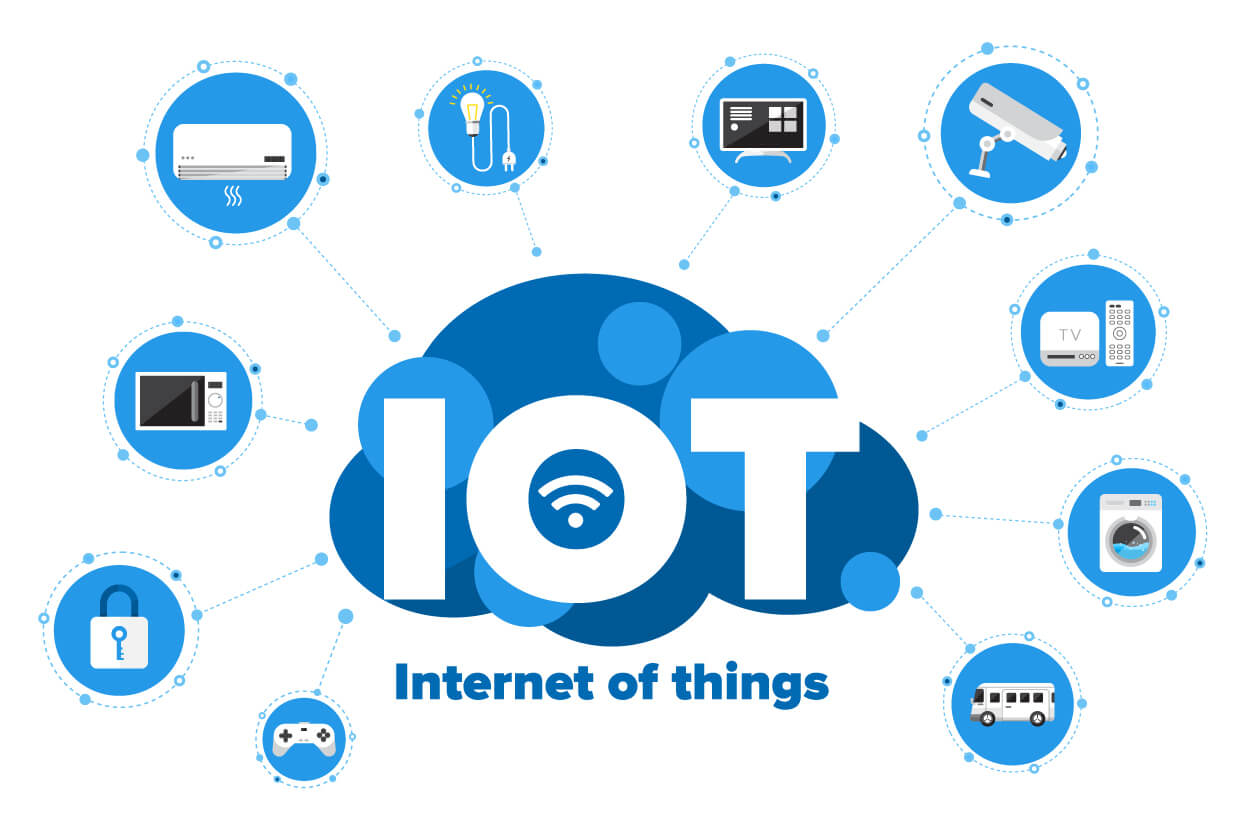
How IoT Works
The Internet of Things operates through a combination of hardware, software, connectivity, and data processing:
- Sensors/Devices: These are the physical components that collect data from their environment. Examples include temperature sensors, motion detectors, and GPS modules.
- Connectivity: Once data is collected, it is transmitted to a central location (e.g., cloud server) via various communication protocols such as Wi-Fi, Bluetooth, Zigbee, or cellular networks.
- Data Processing: The collected data is processed and analyzed, often in real time. This may involve simple tasks like checking the temperature or more complex operations like using AI to predict equipment failures.
- User Interface: The processed data is then made available to the end-user through a user interface, such as a mobile app, dashboard, or automated alert system.
Applications of IoT Across Industries
IoT’s versatility allows it to be applied across a wide range of industries, each benefiting from the increased connectivity and automation it provides.
1. Smart Homes
Smart home devices are among the most recognizable applications of IoT. These devices enhance convenience, security, and energy efficiency in residential environments. Examples include:
- Smart Thermostats: Automatically adjust the temperature based on user preferences and occupancy, reducing energy consumption.
- Smart Lighting: Control lighting through voice commands or smartphone apps, and automate lighting schedules to improve energy efficiency.
- Smart Security Systems: Monitor and control security cameras, door locks, and alarms remotely, providing peace of mind and enhanced security.
2. Healthcare
In healthcare, IoT is revolutionizing patient care, improving outcomes, and reducing costs. Key applications include:
- Wearable Devices: Track vital signs, physical activity, and sleep patterns, enabling continuous health monitoring and early detection of potential issues.
- Remote Patient Monitoring: This allows healthcare providers to monitor patients with chronic conditions remotely, reducing the need for hospital visits and improving patient outcomes.
- Smart Medical Equipment: Optimize the operation of medical devices and ensure timely maintenance by predicting equipment failures.
Implementing IoT in Business Operations: A Comprehensive Guide
3. Industrial IoT (IIoT)
In the industrial sector, IoT, often referred to as Industrial IoT (IIoT), is driving significant improvements in efficiency, productivity, and safety. Applications include:
- Predictive Maintenance: Use sensors to monitor equipment performance and predict failures before they occur, reducing downtime and maintenance costs.
- Supply Chain Management: Track goods in real-time, optimize logistics, and manage inventory more effectively.
- Automation and Robotics: Enable machines to communicate and coordinate with each other, improving manufacturing efficiency and flexibility.
4. Agriculture
IoT is also transforming agriculture by enabling precision farming techniques that optimize resource use and increase yields. Examples include:
- Smart Irrigation Systems: Adjust water usage based on soil moisture levels, weather conditions, and crop requirements, conserving water and improving crop health.
- Livestock Monitoring: Track the health and location of livestock using wearable sensors, improving animal welfare and reducing losses.
- Crop Monitoring: Use drones and sensors to monitor crop conditions and detect issues like pests or diseases early, enabling timely interventions.
5. Smart Cities
IoT is a cornerstone of smart city initiatives, where connected infrastructure enhances urban living by improving efficiency, sustainability, and quality of life. Applications include:
- Traffic Management: Use real-time data to optimize traffic flow, reduce congestion, and improve public transportation systems.
- Energy Management: Monitor and manage energy consumption across the city, optimizing the use of renewable energy sources and reducing carbon emissions.
- Waste Management: Implement smart waste collection systems that optimize routes and schedules based on real-time data, reducing operational costs and environmental impact.
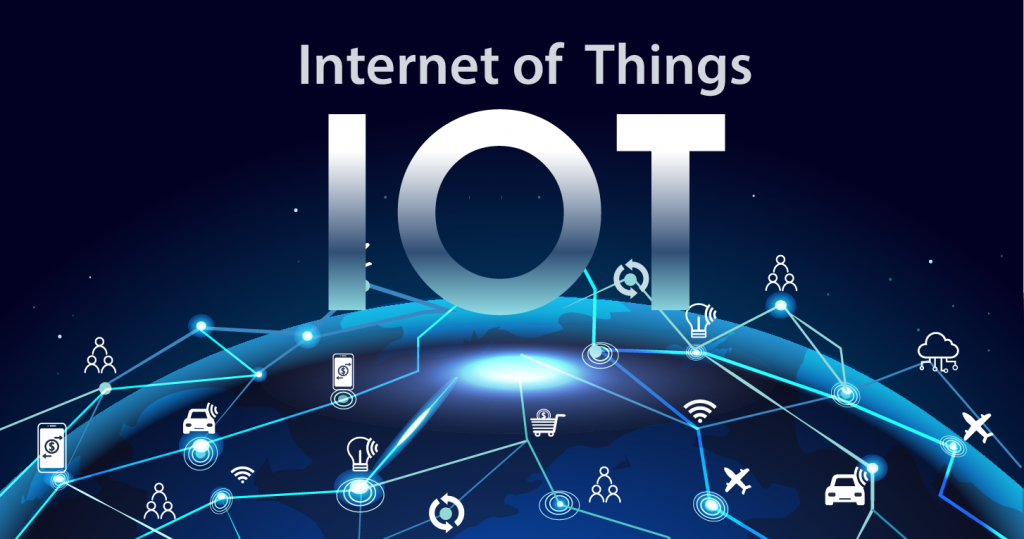
Challenges of IoT Adoption
While IoT offers numerous benefits, its adoption is not without challenges. These include:
1. Security and Privacy Concerns
The proliferation of connected devices increases the attack surface for cybercriminals. Ensuring the security of IoT devices and the data they generate is a significant challenge, especially given the often-limited processing power and security features of these devices. Privacy concerns also arise as vast amounts of personal and sensitive data are collected and transmitted over the Internet.
2. Interoperability
With a wide variety of devices, manufacturers, and communication protocols, achieving interoperability between IoT devices can be challenging. Standardization efforts are ongoing, but the lack of universal standards can hinder seamless integration and limit the full potential of IoT.
3. Data Management
The sheer volume of data generated by IoT devices presents challenges in terms of storage, processing, and analysis. Efficiently managing and extracting actionable insights from this data requires advanced data analytics and machine learning capabilities.
4. Cost and Complexity
Implementing IoT solutions can be expensive, particularly in industries where legacy systems need to be upgraded or replaced. Additionally, the complexity of designing, deploying, and managing IoT systems can be a barrier for some organizations, particularly small and medium-sized enterprises.
The Future of IoT
Despite the challenges, the future of IoT looks promising, with continued growth and innovation expected across various sectors. Key trends shaping the future of IoT include:
1. 5G and IoT
The rollout of 5G networks is set to significantly enhance the capabilities of IoT. With faster speeds, lower latency, and the ability to connect a massive number of devices simultaneously, 5G will enable new applications, particularly in areas like autonomous vehicles, smart cities, and industrial automation.
2. Edge Computing
Edge computing involves processing data closer to where it is generated, rather than relying on centralized cloud servers. This approach reduces latency, improves real-time decision-making, and reduces the bandwidth required to transmit data. As IoT devices generate increasingly large amounts of data, edge computing will become more critical in ensuring efficient and responsive IoT systems.
3. Artificial Intelligence and Machine Learning
AI and machine learning will continue to play a crucial role in unlocking the full potential of IoT. These technologies enable IoT systems to learn from data, make predictions, and adapt to changing conditions, allowing for more intelligent and autonomous operations.
4. IoT in Sustainability
IoT is poised to play a key role in addressing global sustainability challenges. From optimizing energy use in smart grids to reducing waste in agriculture and manufacturing, IoT solutions can help reduce the environmental impact of human activities and contribute to a more sustainable future.
5. Enhanced Security Measures
As security concerns remain a significant challenge, the future of IoT will likely see the development of more robust security frameworks and standards. This will include advancements in encryption, authentication, and access control mechanisms, as well as the adoption of blockchain technology for secure and transparent data management.

The Internet of Things is revolutionizing the way we live and work, offering unprecedented levels of connectivity, automation, and innovation. From smart homes and healthcare to industrial automation and agriculture, IoT is transforming industries and improving quality of life. However, as with any technological advancement, IoT also presents challenges that must be addressed, particularly in the areas of security, interoperability, and data management.
As the IoT ecosystem continues to evolve, the integration of emerging technologies like 5G, edge computing, and AI will further enhance its capabilities, unlocking new possibilities and driving continued growth. The future of IoT is bright, with the potential to create a more connected, efficient, and sustainable world.
Cybersecurity Concerns with IoT: Protecting the Connected World
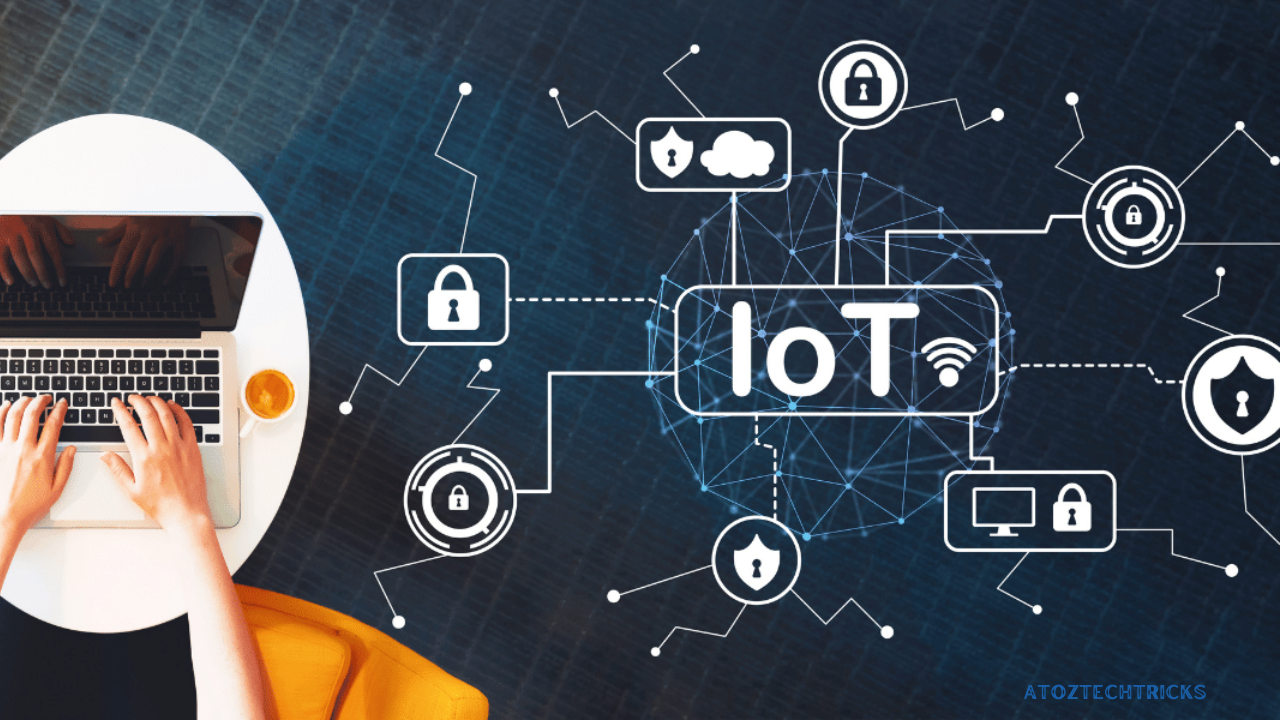
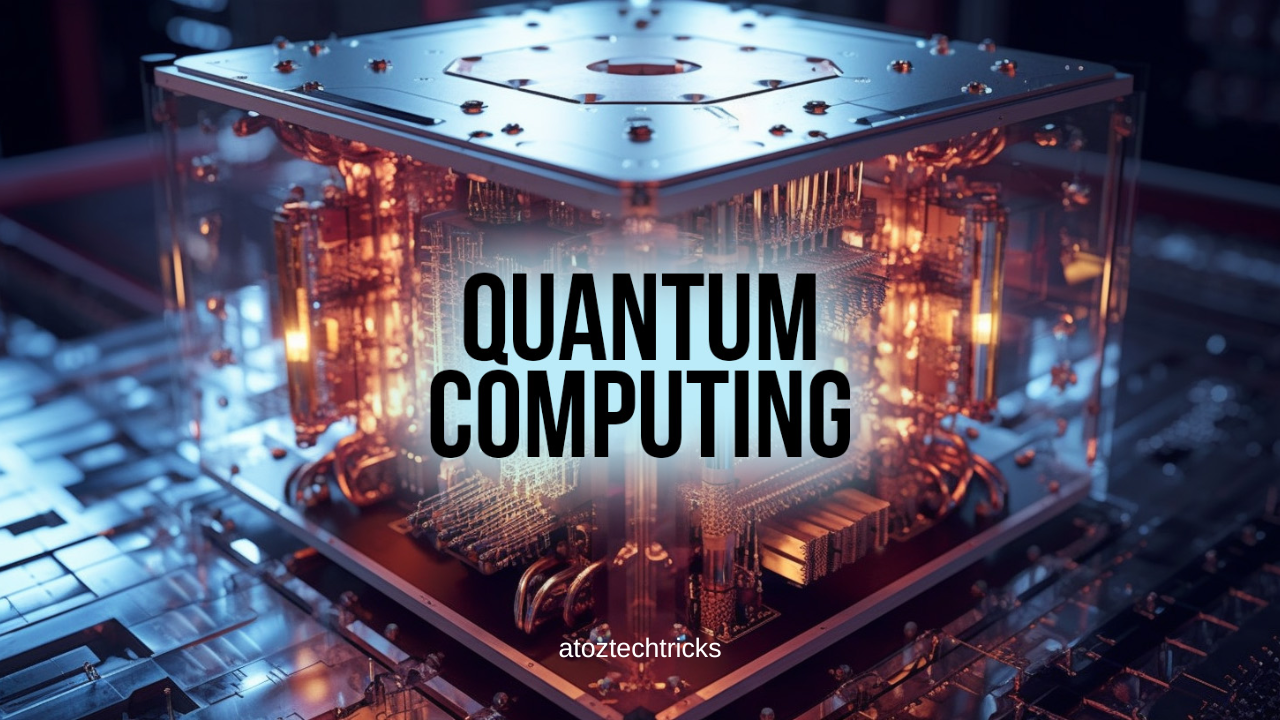
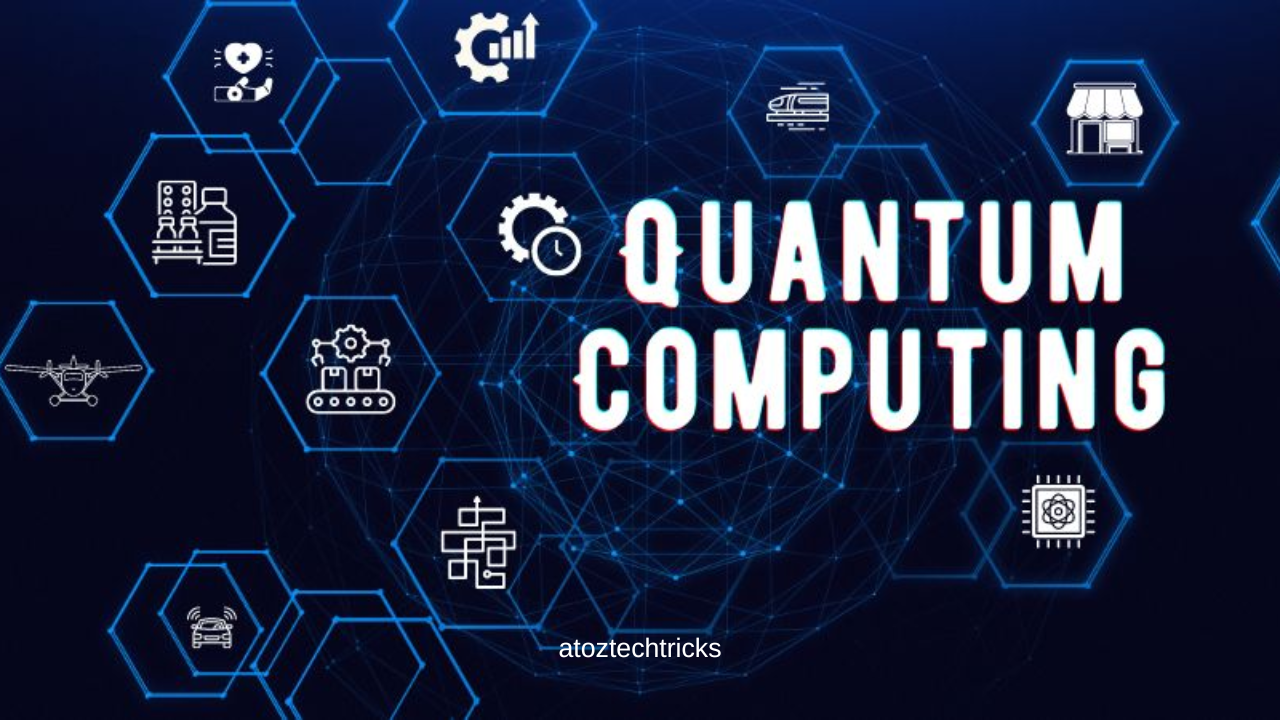
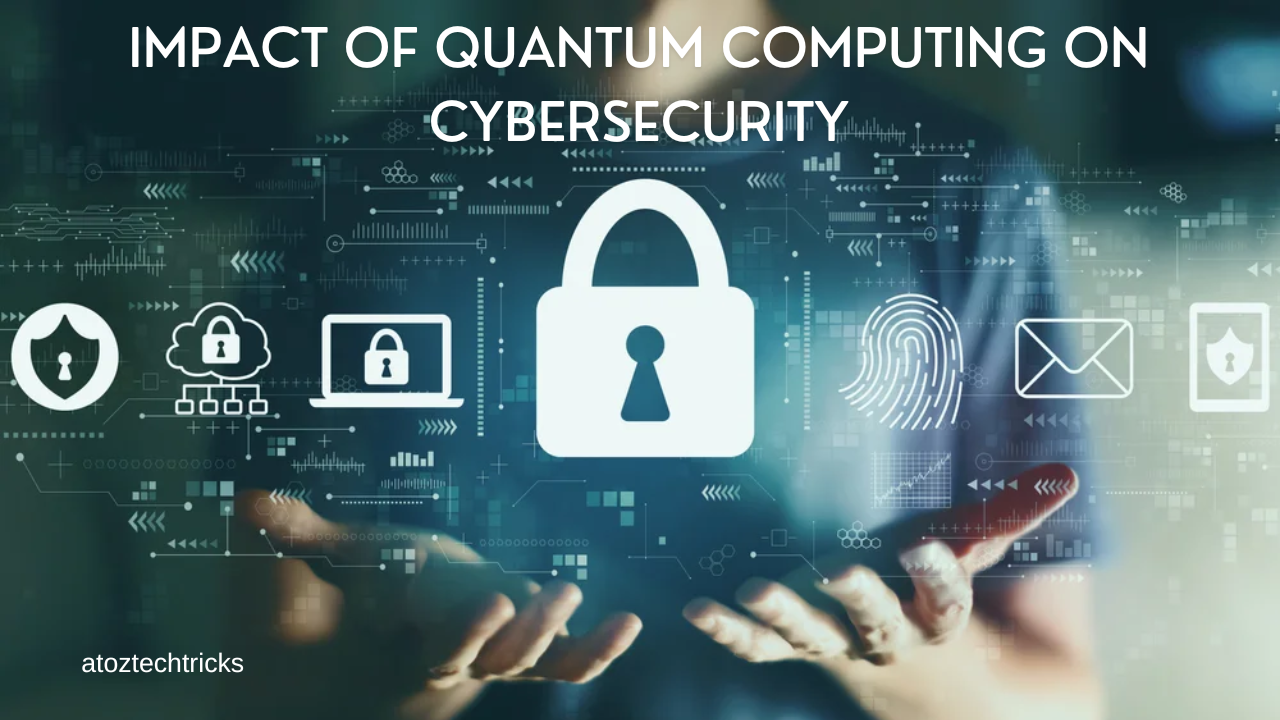
Post Comment